Section I: Physics and Principles of Interpretation
- Radiation Protection and Physics of Diagnostic Radiology
- Digital Radiographic Imaging
- Physics of Ultrasound Imaging
- Principles of Computed Tomography and Magnetic Resonance Imaging
- Contrast Media in Diagnostic Imaging
- Radiographic Interpretation
- Errors and Pitfalls in Radiographic Interpretation
Section II: The Axial Skeleton (Canine, Feline, and Equine)
- Radiographic Anatomy of the Axial Skeleton
- Basic Principles of Radiographic Interpretation of the Axial Skeleton
- Canine and Feline Dental Disease
- The Skull and Nasal Cavities: Canine and Feline
- MRI and CT Features of Brain Disease in Small Animals
- The Equine Head
- Radiography and Myelography of the Canine and Feline Vertebrae
- MRI and CT Features of Canine and Feline Spinal Cord Disease
Section III: The Appendicular Skeleton (Canine, Feline, and Equine)
- Radiographic Anatomy of the Appendicular Skeleton
- Principles of Radiographic Interpretation of the Appendicular Skeleton
- Orthopedic Diseases of Young and Growing Dogs and Cats
- Fracture Healing and Complications
- Radiographic Signs of Joint Disease in Dogs and Cats
21-27. Equine Appendicular Anatomy: Stifle, Tarsus, Carpus, Metacarpus/Metatarsus, Fetlock, Pastern, and Foot
Section IV: The Thoracic Cavity (Canine, Feline, and Equine)
- Principles of Radiographic Interpretation of the Thorax
- Canine and Feline Larynx and Trachea
- Pharynx, Esophageal Sphincter, and Esophagus
31-36. Thoracic Structures: Wall, Diaphragm, Mediastinum, Pleural Space, Cardiovascular System, and Lung
- Equine Thorax
Section V: Abdominal Cavity (Canine and Feline)
- Principles of Radiographic Interpretation of the Abdomen
39-44. Abdominal Structures: Peritoneal Space, Liver, Spleen, Kidneys, Ureters, Urinary Bladder, Prostate, and Reproductive Organs
45-47. Gastrointestinal Tract: Stomach, Small Bowel, and Large Bowel
Index



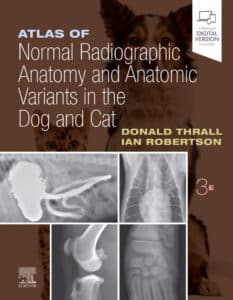
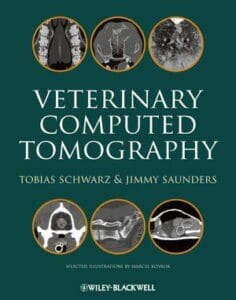


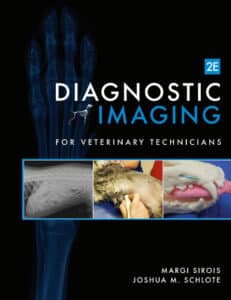
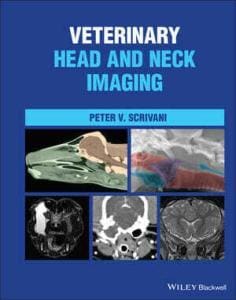
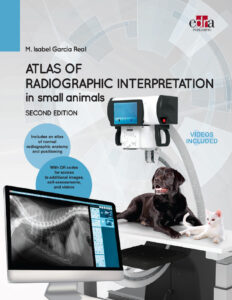







![Ettinger’s Textbook of Veterinary Internal Medicine 9th Edition [PDF+Videos] Ettinger’s Textbook of Veterinary Internal Medicine 9th Edition [True PDF+Videos]](https://www.vet-ebooks.com/wp-content/uploads/2024/10/ettingers-textbook-of-veterinary-internal-medicine-9th-edition-100x70.jpg)






